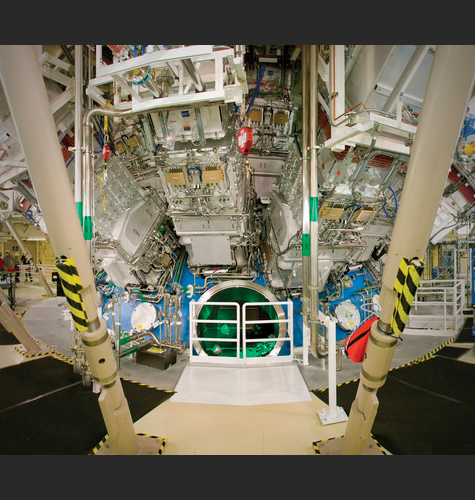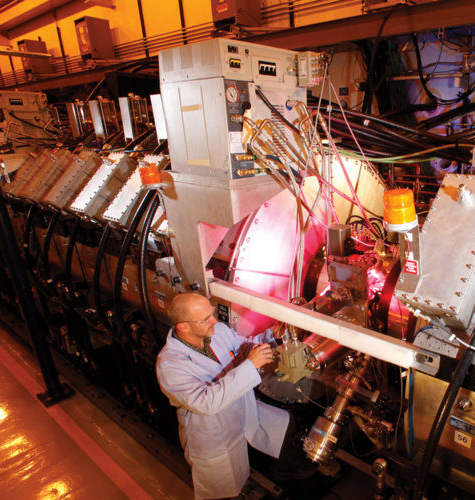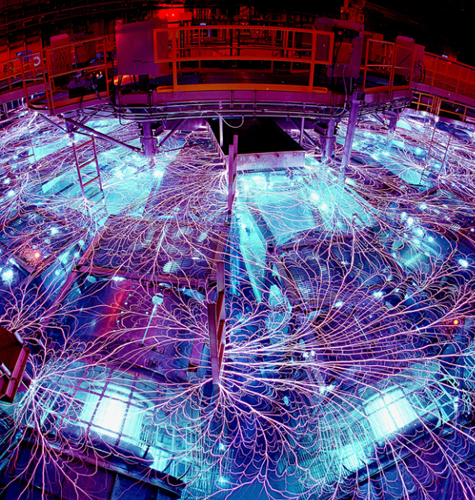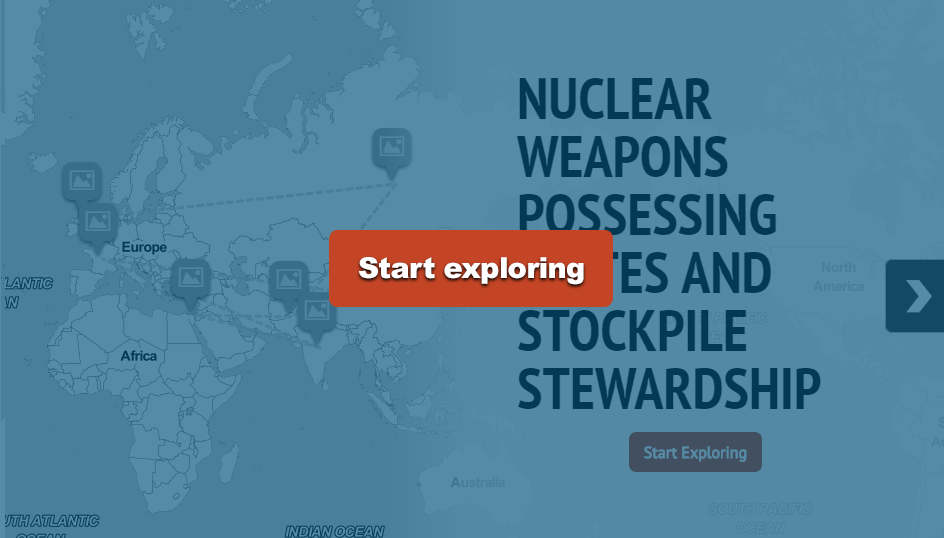Updated: 2023
1. Why have countries with nuclear weapons voluntarily stopped testing?
Aside from North Korea, all nuclear weapons possessing states observe voluntary unilateral testing moratoria. None of these states have undertaken nuclear testing since announcing their moratoria, and no state has tested since 1998 other than North Korea. [1] [2]
Click on the country names below to see each country’s history of nuclear testing, and when each declared a moratorium on nuclear tests.
Worldwide nuclear testing, 1945 - 2016
Moratorium declared Nov. '92
Moratorium declared Oct. '91
Moratorium declared Nov. '92
Moratorium declared Feb. '96
Moratorium declared Jul. '96
Moratorium declared May '98
Moratorium declared Jun. '98
DPRK continues to test nuclear weapons.
Note: Israel never declared a testing moratorium because it is not known to have tested, and does not officially admit to possessing nuclear weapons. [3]
This tutorial was last updated in 2023, but this chart only represents testing until 2016.
While each country had its own reasons for instituting an initial moratorium, countries continue to forgo nuclear testing because:
- The extremely negative response of the international community to North Korea’s recent nuclear tests has made it clear there are steep political, diplomatic, and economic costs countries will pay if they violate the international norm against nuclear testing. Most countries do not appear to see the costs of testing as being outweighed by the benefits.
- Countries like the Unites States that conducted extensive nuclear tests in the past would likely gain less advantage from renewed testing than other countries. [4]
- Countries have confidence in their ability to maintain their existing nuclear weapons arsenals through “stockpile stewardship” programs without the need for nuclear tests. [5]
2. How do states simulate nuclear test conditions without conducting nuclear tests?
States utilize theoretical models and physical experiments to model and replicate specific processes involved in a nuclear weapons test. These techniques can aid in the development of new nuclear weapons designs. They can also be applied to help assess the reliability of existing nuclear weapons as they age. These techniques include:
- Supercomputer simulations: Powerful, specialized computers (“supercomputers”) can perform simulations of the physics of initiating nuclear explosions. States that conducted nuclear tests in the past have the additional advantage of being able to assess and calibrate their computational codes using actual test data.
- Testing a device with surrogate, non-fissile, materials (hydrodynamic testing): States can replace the highly enriched uranium or plutonium found in a device’s core with a non-fissile material that shares similar physical properties, and detonate the device to test the explosive assembly. This enables weapons designers to determine the reliability of the device’s firing mechanism and to gather other data, but does not generate any nuclear yield since no fission takes place.
- Testing a device with an amount of fissile material insufficient for sustaining a critical chain reaction (sub-critical testing): A sub-critical test supplies data relevant to how a small amount of fissile material will react to an explosive detonation. [6] Sub-critical tests have been controversial because, for safety reasons, states typically conduct these underground tests at former nuclear test sites, raising treaty verification concerns. These concerns could be addressed through confidence-building measures, such as allowing other countries access to sub-critical testing data to monitor for tell-tale signs of a nuclear explosion. [7] [8]
3. What is the U.S. Stockpile Stewardship Program (SSP)?
The United States maintains its nuclear arsenal via the Stockpile Stewardship Program (SSP), administered by the Department of Energy’s National Nuclear Security Administration. SSP includes the following techniques:
- Surveillance: Nuclear weapons are disassembled at specialized facilities and their internal components are inspected and tested. This testing can be either non-destructive (using advanced X-ray and radiographic imaging techniques) or destructive (testing material durability or detonating explosive components to examine the effects of aging). [9]
- Basic scientific research: Advanced facilities at the U.S. national labs can be used to perform specialized experiments, including hydrodynamic and subcritical tests, to increase understanding of the physical processes involved in a nuclear detonation. [10] This helps the U.S. program optimize computer simulations and understand why some nuclear tests deviate from the predicted yield. [11]
- Modelling and simulation: Los Alamos National Laboratory and Lawrence Livermore National Laboratory maintain supercomputers for conducting “high-resolution three-dimensional simulations” of the processes that occur during a nuclear detonation. [12]
- Maintenance: Some components of nuclear weapons, called limited-life components (LLC), require periodic replacement. During LLC activities, other minor alterations can be made to a weapon to address specific issues. [13]
- Life Extension Programs (LEPs): There are significant concerns about the potential performance degradation of nuclear weapons as they age beyond their original design lifetimes. To address this, the NNSA is overhauling U.S. nuclear weapons to ensure the weapons will perform as expected and to increase weapon safety and security. [14]
- Infrastructure recapitalization: To ensure that the U.S. can continue to produce nuclear weapons and their components in a safe, environmentally-friendly manner, the NNSA is modernizing and rebuilding Cold War-era facilities and working to attract, train and retain new employees. [15]
U.S. Stockpile Stewardship Program Facilities
4. Do other nuclear weapons possessing states have stockpile stewardship programs?
Sources
[1] Ghose, Arundhati, “Maintaining the moratorium: a de facto CTBT,” Disarmament Forum 2 (2006): 23-27. http://www.peacepalacelibrary.nl/ebooks/files/UNIDIR_pdf-art2490.pdf
[2] Chicago Tribune, “Pakistan Announces Testing Moratorium, Seeks Talks with India,” June 12, 1998. http://articles.chicagotribune.com/1998-06-12/news/9806120113_1_nuclear-escalation-india-and-pakistan-test-ban
[3] It remains disputed among experts whether an event off the coast of the Southern Indian Ocean in 1979 might have been a covert joint Israeli/South African nuclear test. Sublette, Carey, “The Vela Incident,” Nuclear Weapon Archive, Last modified September 2001. http://nuclearweaponarchive.org/Safrica/Vela.html
[4] National Academy of Sciences, Technical Issues Related to the Comprehensive Nuclear Test Ban Treaty (Washington: The National Academies Press, 2002), p. 8, 63-64.
[5] National Academy of Sciences, The Comprehensive Nuclear Test Ban Treaty: Technical Issues for the United States (Washington: The National Academies Press, 2012), p. 15-20.
[6] von Hippel, Frank “Subcritical Experiments” Bulletin of Atomic Scientists, Last modified December 14, 2012. http://thebulletin.org/subcritical-experiments
[7] National Academy of Sciences, The Comprehensive Nuclear Test Ban Treaty: Technical Issues for the United States, p. 73-75.
[8] von Hippel, Frank, “Subcritical Experiments,” Bulletin of Atomic Scientists Last modified December 14, 2012. http://thebulletin.org/subcritical-experiments
[9] Department of Energy, National Nuclear Security Administration, Fiscal Year 2016 Stockpile Stewardship and Management Plan, Washington: DC: NNSA, 2015: pp 2-1 to 2-6.
[10] National Academy of Sciences, The Comprehensive Nuclear Test Ban Treaty – Technical Issues for the United States, Washington, DC: National Academy Press, 2012: pp 21-24.
[11] Department of Energy, National Nuclear Security Administration, Fiscal Year 2016 Stockpile Stewardship and Management Plan, Washington: DC: NNSA, 2015: pp 2-1 to 2-6.
[12] Lawrence Livermore National Laboratory, “Stockpile Stewardship,” National Ignition Facility Photon and Science, Accessed December 2, 2015. https://lasers.llnl.gov/science/stockpile-stewardship
[13] “DARHT Facility: A Critical Component of Stockpile Stewardship,” Los Alamos National Laboratory, Accessed December 2, 2015. http://www.lanl.gov/science-innovation/science-facilities/DARHT/
[14] Department of Energy, “Z Machine,” NNSA, Accessed September 2, 2015. http://nnsa.energy.gov/aboutus/ourprograms/defenseprograms/stockpilestewardship/inertialconfinementfusion/icffacilities/z
[15] National Academy of Sciences, The Comprehensive Nuclear Test Ban Treaty – Technical Issues for the United States, Washington, DC: National Academy Press, 2012: pp 24.
[16] “But will it work?” National Security Science, Los Alamos National Laboratory, LALP-13-005, April 2013: p 4; National Academy of Sciences, Evaluation of Quantification of Margins and Uncertainties: Methodology for Assessing and Certifying the Reliability of the Nuclear Stockpile, Washington, DC: National Academy Press, 2009: p 31.
[17] Department of Energy, National Nuclear Security Administration, Fiscal Year 2016 Stockpile Stewardship and Management Plan, Washington: DC: NNSA, 2015: p 2-8.
[18] Department of Energy. National Nuclear Security Administration, Fiscal Year 2016 Stockpile Stewardship and Management Plan, Washington: DC: NNSA, 2015: pp 4-1. 7-1.
Photo Credit
Header Image: Typical low-level radioactive waste storage pit. Source: WikiMedia Commons.



